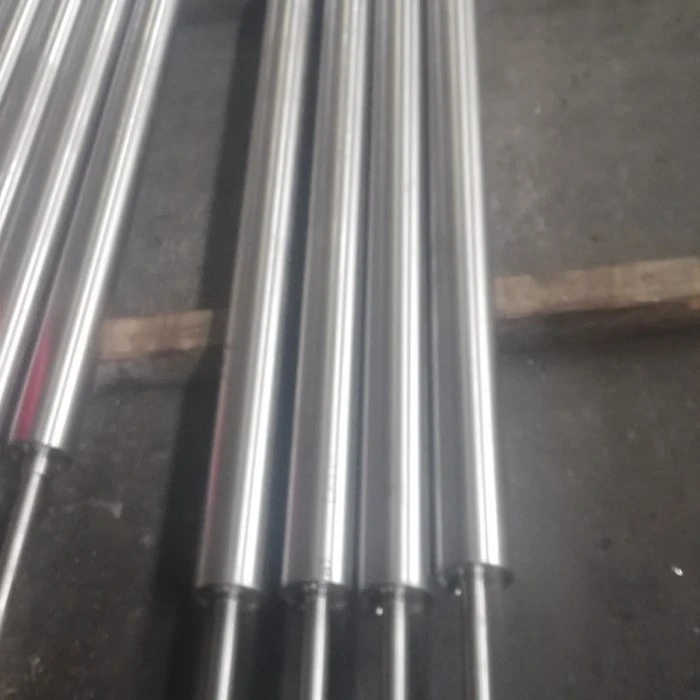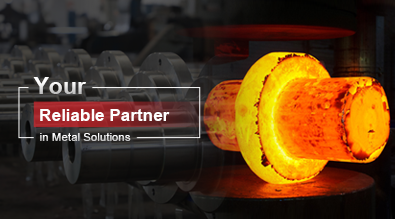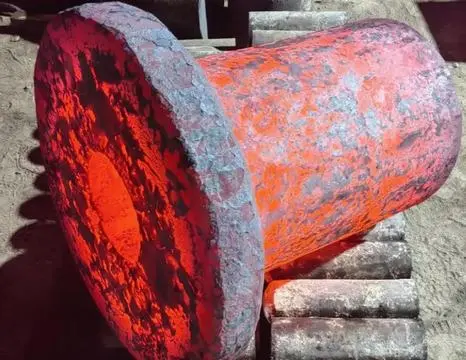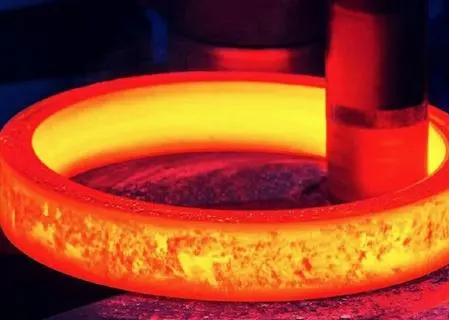Essential Safety Protocols for Furnace Roll Operation
Proper Training and Certification
Ensuring that all personnel involved in furnace roll operations are adequately trained and certified is paramount. This includes providing a comprehensive understanding of equipment functionality, safety procedures, and emergency protocols. All employees must be equipped with the necessary skills and knowledge to operate furnace rolls safely and efficiently. The training should cover the proper handling of materials, adjustments to machinery, and safe work practices in high-temperature environments. In addition to technical skills, training should address the potential hazards associated with furnace roll operations, such as exposure to extreme heat, potential burns, and risks of mechanical failure.
Certification programs are crucial for ensuring that operators have met the required safety standards and are capable of performing their duties competently. Certification should be conducted by recognized industry bodies or safety organizations, ensuring that personnel meet specific requirements for handling and operating high-risk equipment like furnace rolls. Moreover, operators should be encouraged to regularly attend refresher courses and updated training sessions to stay up to date with the latest safety regulations, equipment advancements, and best practices. This continuous learning approach ensures that operators maintain a high level of competency and are always prepared to adapt to new technologies or safety requirements.
Personal Protective Equipment (PPE)
The use of appropriate PPE is non-negotiable when working with furnace rolls. The extreme temperatures and potential for exposure to hazardous materials necessitate the use of high-quality protective gear. PPE serves as the first line of defense against injury or exposure to dangerous elements. In furnace roll operations, workers should be provided with heat-resistant gloves to protect their hands from burns while handling materials and adjusting equipment. Safety glasses or face shields are necessary to prevent sparks, debris, and intense heat from damaging the eyes, while also protecting against airborne particles that may be harmful.
Flame-resistant clothing is essential for providing full-body protection from intense heat and potential flash fires. This clothing should be specifically designed for industrial environments and be made from durable, heat-resistant materials that meet established safety standards. Steel-toed boots should also be worn to protect against crushing hazards from falling materials or equipment. The boots should be slip-resistant to ensure stability on potentially wet or oily surfaces, reducing the risk of slips, trips, and falls.
Emergency Response Preparedness
Developing and regularly practicing emergency response plans is crucial. This includes procedures for fire suppression, evacuation routes, and first aid protocols. Ensuring that all employees are familiar with these plans and can execute them efficiently can significantly mitigate risks associated with furnace roll operations.
Maintenance and Inspection Strategies for Optimal Furnace Roll Performance
Regular Preventive Maintenance Schedules
Implementing a rigorous preventive maintenance program is essential for the longevity and safe operation of furnace rolls. This includes regular lubrication, bearing checks, and surface inspections. Scheduled maintenance helps identify potential issues before they escalate into major problems, reducing the risk of unexpected breakdowns and safety hazards.
Non-Destructive Testing Techniques
Utilizing advanced non-destructive testing methods such as ultrasonic testing, magnetic particle inspection, and eddy current testing can help detect internal flaws or surface defects in furnace rolls. These techniques allow for thorough inspections without compromising the integrity of the rolls, ensuring their continued safe operation.
Thermal Imaging and Temperature Monitoring
Employing thermal imaging cameras and temperature monitoring systems can provide valuable insights into the thermal performance of furnace rolls. Regular temperature checks help identify hot spots or uneven heating, which could indicate potential issues with roll alignment or internal damage. This proactive approach to monitoring helps maintain optimal operating conditions and extends the lifespan of the rolls.
Optimizing Furnace Roll Design and Material Selection for Enhanced Safety
Advanced Material Technologies
Selecting the appropriate materials for furnace roll construction is crucial for ensuring safety and longevity. High-temperature alloys, such as heat-resistant stainless steels or nickel-based superalloys, offer superior resistance to thermal fatigue, oxidation, and creep. These advanced materials can withstand extreme temperatures and harsh operating conditions, reducing the risk of failure and improving overall safety.
Innovative Cooling Systems
Incorporating efficient cooling systems into furnace roll designs can significantly enhance their performance and safety. Water-cooled rolls, for instance, can help maintain optimal operating temperatures, prevent overheating, and reduce thermal stress on the roll materials. This not only improves safety but also extends the service life of the rolls and increases process efficiency.
Ergonomic Design Considerations
Optimizing the design of furnace rolls and their surrounding equipment with ergonomics in mind can greatly improve operator safety and efficiency. This includes considerations such as easy access points for maintenance, clear visibility of critical components, and user-friendly control interfaces. Ergonomic design reduces the risk of operator error and improves overall safety in furnace operations.
In conclusion, implementing best practices for operating furnace rolls safely is essential for maintaining a secure and efficient industrial environment. By focusing on comprehensive training, regular maintenance, advanced material selection, and ergonomic design, companies can significantly reduce risks associated with furnace roll operations. These practices not only enhance safety but also contribute to improved productivity and equipment longevity. For more information on high-quality furnace rolls and expert guidance on their safe operation, please contact us at info@welongpost.com.




